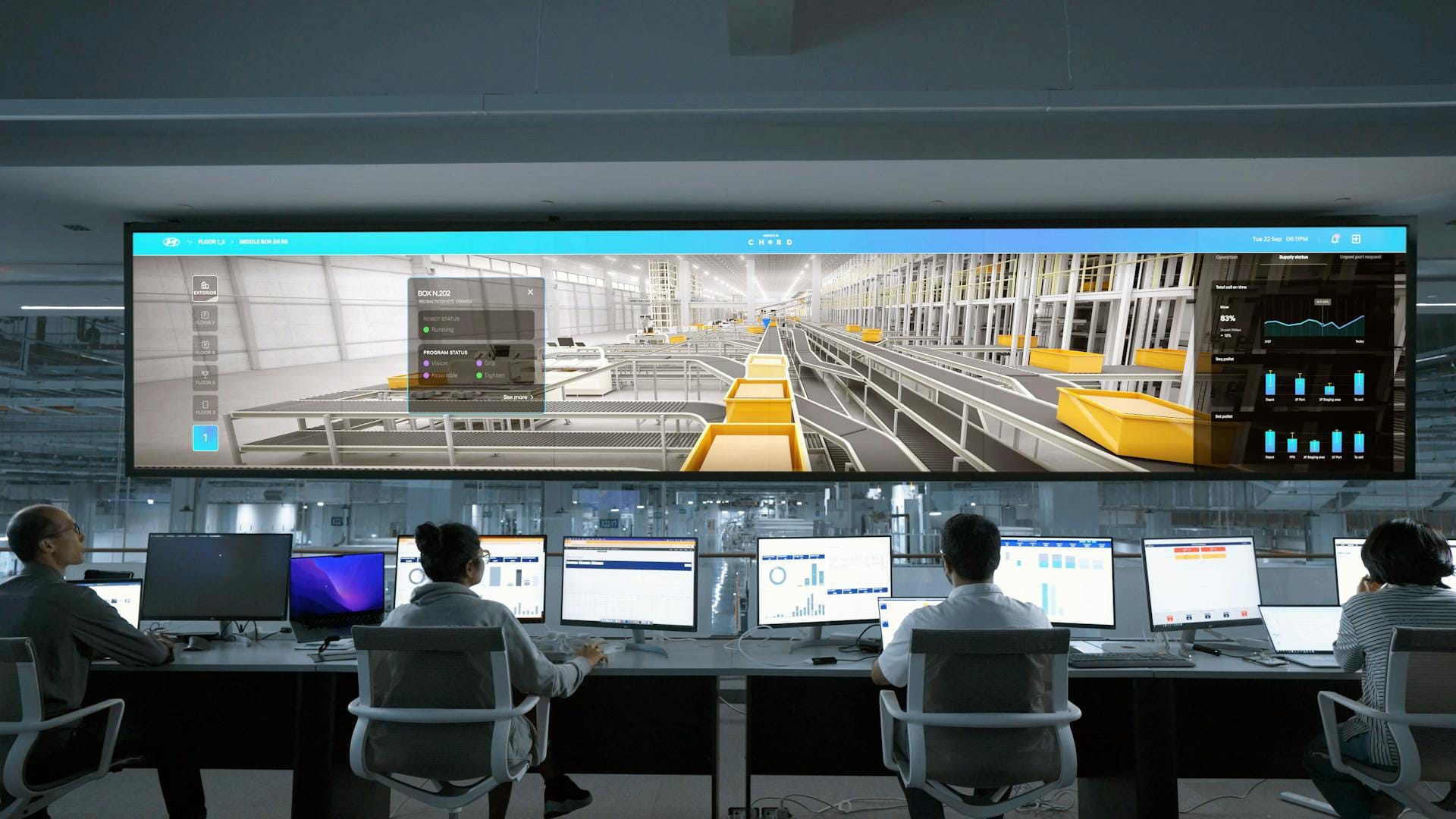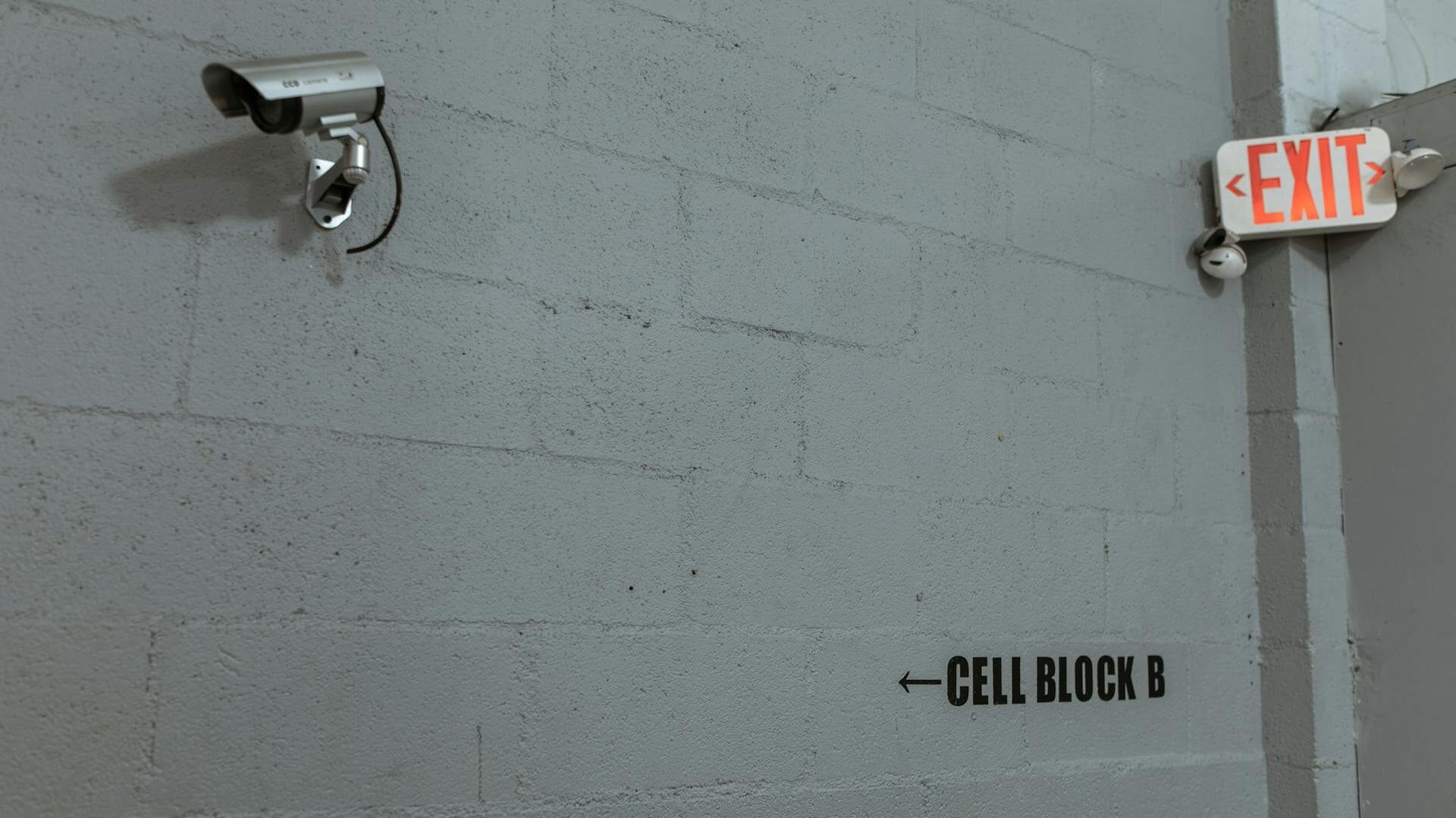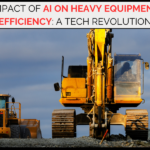
As industries expand, security requirements evolve just as quickly. A small retail store may only need a few cameras, but a growing enterprise with multiple facilities, warehouses, or manufacturing plants requires a surveillance system that can scale. Building a scalable surveillance system ensures not only current safety but also long-term adaptability as the business expands into new markets, locations, and operational complexities.
This guide explores how industrial and enterprise-level businesses can design and implement scalable surveillance systems that grow alongside their needs.
Understanding the Core Requirements of Industrial Surveillance
Before designing a scalable system, it’s essential to outline the unique requirements of industrial environments. Unlike small commercial setups, industrial surveillance must handle:
- Large coverage areas such as factories, warehouses, and logistics hubs.
- High camera density across production lines, perimeters, and entry points.
- Durability and reliability, often in harsh environmental conditions (dust, humidity, heat).
- Integration with safety and operational systems such as access control, alarms, and IoT sensors.
A one-size-fits-all approach doesn’t work here; scalability is about tailoring a system that evolves with the business.
Key Principles of a Scalable Surveillance System
1. Modular Infrastructure
Industrial setups benefit from a modular design. Instead of deploying a fixed, rigid system, businesses should opt for hardware and software that allow incremental expansion. Adding 10 cameras today and another 50 tomorrow should not require a complete overhaul.
2. Cloud and Hybrid Storage Options
Data storage is one of the biggest challenges in industrial surveillance. Scalable systems leverage cloud or hybrid storage, which balances local control with offsite redundancy. This ensures video archives remain accessible and secure while reducing the cost of adding physical servers every time the system grows.
3. Network Readiness
Surveillance data consumes significant bandwidth. Industrial networks must be designed with scalability in mind, including high-capacity switches, dedicated surveillance VLANs, and QoS (Quality of Service) rules to prioritize security traffic.
4. Centralized Management
A scalable system requires a central command center that can monitor multiple sites from one dashboard. This becomes especially important when businesses expand to multiple regions.
Hardware Considerations for Industrial Growth

Industrial-Grade Cameras
Choose cameras built for long-term performance in demanding environments. Look for features like:
- High-resolution imaging (4K or above).
- Infrared/night vision for 24/7 monitoring.
- Weatherproof and vandal-proof housings (IP66/IK10 ratings).
- Smart analytics (motion detection, heat mapping).
Recording & Storage Equipment
For scalability, consider NVRs (Network Video Recorders) that can integrate additional channels without replacing existing hardware. Some industrial enterprises also deploy edge storage on cameras themselves for redundancy.
Power and Connectivity
Industrial sites often span large areas. Power over Ethernet (PoE) switches simplify cabling and allow scalable expansion, while fiber optic connectivity ensures reliable data transmission over long distances.
Also Read:
- How to Select the Right Fireproof Board for Industrial Facilities: A Comparison Guide
- How Robots Are Transforming Industrial Manufacturing?
- AutoCAD vs SolidWorks: Which is Better for Mechanical Design?
Software and Analytics: Driving Efficiency at Scale
Video Management Systems (VMS)
A robust VMS is the heart of scalable surveillance. It should support:
- Unlimited camera integration.
- Role-based access for multiple stakeholders (security, operations, compliance).
- API integrations with industrial automation or ERP systems.
AI and Analytics
As businesses grow, human monitoring alone is not enough. AI-driven analytics help by:
- Identifying unusual patterns in real time.
- Reducing false alarms.
- Providing actionable insights for safety compliance and operational efficiency.
Cybersecurity Measures
Scalable systems are also more vulnerable to cyber threats. Implementing encryption, multi-factor authentication, and network segmentation protects sensitive video data from breaches.
Integration with Industrial Safety and Compliance
Surveillance in industrial environments is not just about preventing theft—it supports compliance and safety initiatives. Examples include:
- Monitoring safety gear compliance on the factory floor.
- Reviewing incidents for occupational safety reporting.
- Supporting insurance and regulatory audits.
A scalable system ensures that as regulations change, businesses can add new monitoring points without starting from scratch.
Vendor Selection: Choosing the Right Partner
Selecting the right vendor is as important as the technology itself. Look for providers with:
- A proven track record in industrial deployments.
- Strong after-sales support and maintenance services.
- Flexible licensing models that accommodate growth.
- A roadmap for continuous innovation (AI, IoT, edge computing).
For example, SECOM is one of the established providers known for offering scalable surveillance solutions that integrate with broader security services, making them a trusted option for enterprises in Asia.
Future Trends in Industrial Surveillance
Edge AI Processing
Processing data directly on the camera reduces bandwidth needs and speeds up detection.
Integration with IoT
Smart factories benefit when surveillance integrates with IoT devices, offering richer data for predictive maintenance and operational efficiency.
Sustainability and Green Surveillance
Energy-efficient cameras and cloud-based storage reduce the carbon footprint of large-scale surveillance operations.
Conclusion
For growing enterprises, scalability is not optional; it is the foundation of effective industrial surveillance. By adopting modular hardware, robust software, and cloud-ready infrastructure, businesses can build a system that evolves with their operations.
The future of surveillance lies not just in recording events but in providing actionable intelligence that supports security, compliance, and business continuity. With the right approach, growing enterprises can stay secure today while preparing for tomorrow’s challenges.








